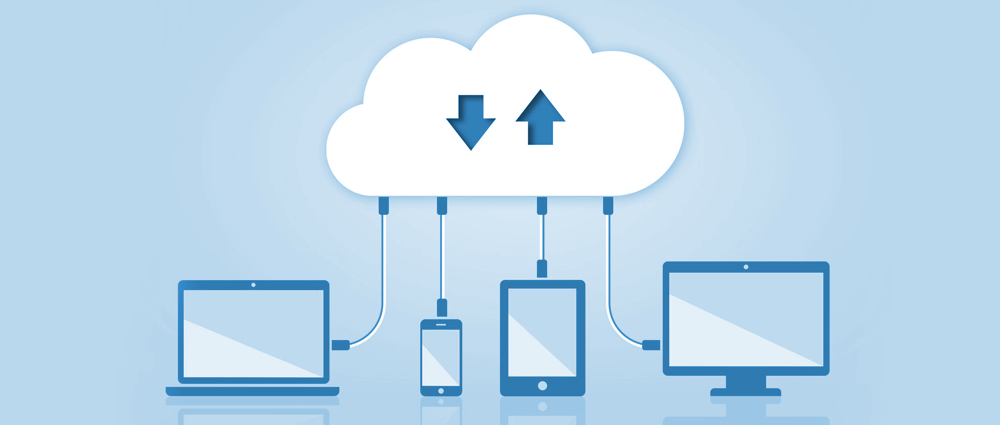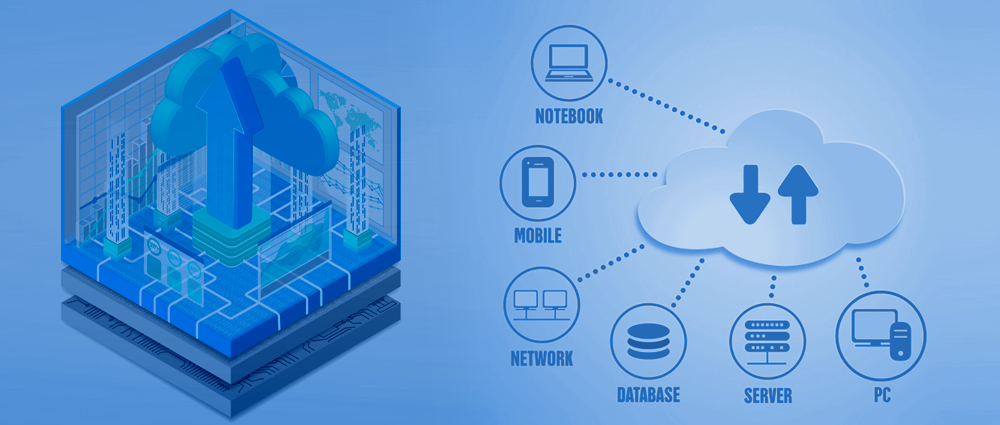Cloud Migration Guide: Step-by-step process to seamlessly shift workloads to the cloud

The cloud revolution has arrived, and organizations across the globe are recognizing its potential. From scalability and agility to cost efficiency and improved performance, the cloud offers several benefits. However, migrating your current workloads from on-premise data centers to the cloud is nothing less than a challenge.
This blog will serve as your guide to a seamless and successful cloud migration journey!
Why Migrate to the Cloud?
Before diving into the steps, let’s briefly revisit the “why” behind cloud migration. Here are just a few compelling reasons:
Agility and Scalability: Need to quickly spin up new resources or adjust based on demand? The cloud provides instant scalability, allowing you to adapt to market changes and growth effortlessly.
Cost Optimization: Eliminate the costs of maintaining on-premise hardware and infrastructure. Pay only for the resources you use in the cloud, maximizing your IT budget.
Disaster Recovery and Business Continuity: Ensure your data and applications are always available, even in the event of outages or disruptions. The cloud offers robust disaster recovery solutions.

Improved Performance and Security: Leverage the latest technologies and best practices for enhanced performance and robust security measures.
Innovation and Collaboration: Foster innovation and collaboration with cloud-based tools and services, empowering your workforce and boosting productivity.
Steps for Cloud Migration
Now, let’s delve into the 7 essential steps for a seamless cloud migration:
1. Define Your Business Objectives and Requirements:
Start by understanding your “why” for migrating. What business goals do you want to achieve? Identify specific applications, workloads, and data that need to be migrated. Consider compliance requirements and security needs.
2. Choose Your Cloud Migration Strategy:
Several cloud migration strategies exist, each with its advantages and drawbacks. Here are some common options:
Lift and Shift: Move workloads directly to the cloud without major changes. Suitable for simple applications.
Refactor and Redeploy: Modernize applications to leverage cloud-native features and functionalities for improved performance and scalability.
3. Develop a Detailed Cloud Migration Plan:
Your plan should outline the scope, timeline, resources, and budget for the migration. It should also include detailed migration steps for each workload, data migration strategy, and testing procedures.
4. Select the Right Cloud Provider and Services:
Evaluate various cloud providers based on your needs and budget. Consider factors like service offerings, security, scalability, pricing models, and support. Choose the provider that best aligns with your requirements.

5. Execute the Cloud Migration Process:
This stage involves the actual migration of workloads to the cloud. Ensure proper communication and collaboration among your IT team, the cloud provider, and any other stakeholders. Conduct thorough testing and validation throughout the process.
6. Optimize and Manage Your Cloud Environment:
Cloud migration is not a one-time event. Continuously monitor and optimize your cloud resources to ensure cost efficiency and optimal performance. Implement governance policies and security measures to ensure ongoing security and compliance.
7. Train Your Users and IT Staff:
Get your users and IT staff familiar with the new cloud environment. Provide training on new tools, processes, and best practices to ensure smooth adoption and maximize the benefits of the cloud.
On-Premise to Cloud Migration Strategy
Before migrating your on-premise applications to the cloud, don’t rush in! Start by thoroughly checking how your applications interact with each other and whether they’re compatible with the cloud environment you’ve chosen. In some cases, it might be worth modernizing your applications to take advantage of the cloud’s capabilities and improve performance.

Finally, break down the migration process into smaller phases to minimize disruptions to your operations and ensure a smooth transition. Don’t try to move everything at once!
Summary
While navigating the complexities of cloud migration, meticulous planning and execution are key to unlocking its potential. Packed with valuable resources to ensure a smooth journey, this guide serves as your map, allowing you to maximize the cloud’s potential, from increased agility to cost savings.
Latest posts by Saima Naz (see all)
- Cloud Consulting: A Strategic Partner for Successful Cloud Adoption - August 15, 2024
- 7 Ways Virtual Reality Will Change Our Lives - August 13, 2024
- What is Cloud Cryptography? - August 9, 2024

 Careers
Careers


